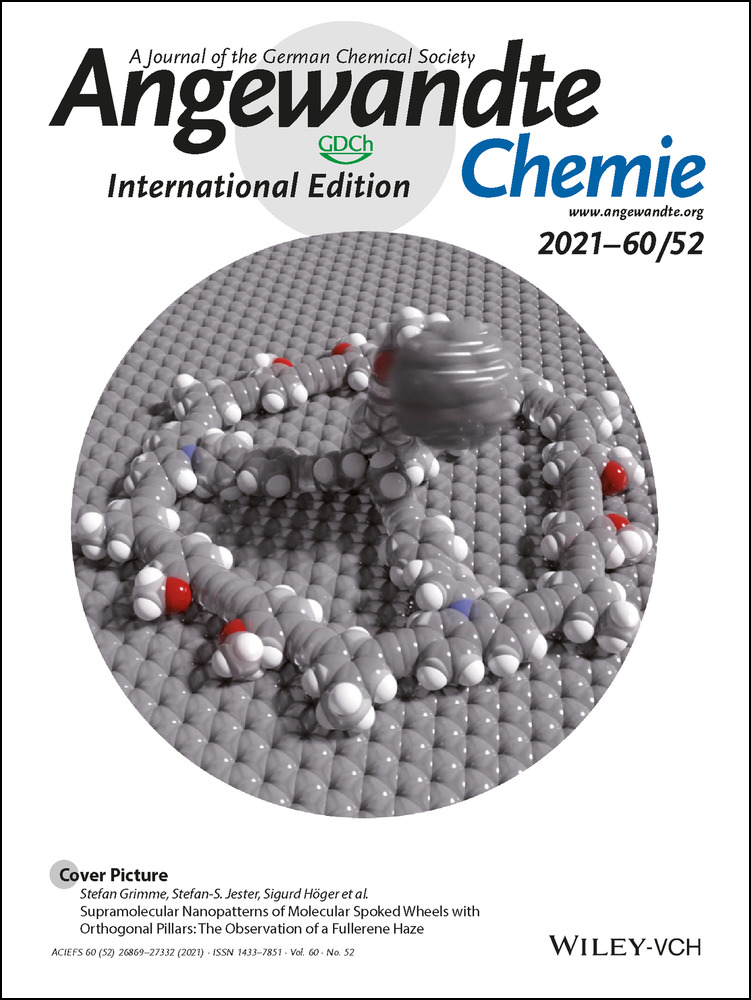Miao Shen
Graphical Abstract
Miao Shen
The author presented on this page has published her first article as a submitting corresponding author in Angewandte Chemie:
“One-Pot Green Process to Synthesize MXene with Controllable Surface Terminations using Molten Salts”: M. Shen, W. Jiang, K. Liang, S. Zhao, R. Tang, L. Zhang, and J. Wang, Angew. Chem. Int. Ed. 2021, doi.org/10.1002/anie.202110640; Angew. Chem. 2021, doi.org/10.1002/ange.202110640.
-
Position:
-
Group leader at Shanghai Institute of Applied Physics, Chinese Academy of Sciences
-
ORCID:
-
-
Education:
-
2003–2007 Undergraduate studies, East China University of Science and Technology, Shanghai (China)
2007–2012, PhD with Bing Li and Pro. Jian-Guo Yu, East China University of Science and Technology, Shanghai (China)
-
Research:
-
Molten Salts, electrochemistry, energy conversion and storage
-
Hobbies:
-
Hiking, dancing
The greatest scientific advance of the next decade will be to conquer cancer and extend human life.
Chemistry/science is fun because doing chemical experiments is finding answers, like solving a problem and case.
I advise my students to be honest and careful.
My long-term goal is to find more interesting phenomena in the field of molten salts.
To improve my work-life balance, I live in the present and increase efficiency.
The best advice I have ever been given is never forget why you started, and you can accomplish your mission.
When I was a kid I wanted to be a teacher.
A good day at work starts with fun and hard work.
If I had one year of paid leave I would travel round the world with my family.
What I appreciate most about my friends is erudition and mutual help.
My favorite principle is the Nernst equation.
My favorite place on earth is the Huangguoshu waterfall in Guizhou Province, China.
My favorite drink is Chinese Tea.
My favorite author is Keigo Higashino.
My top three films of all time are Interstellar, Inception and The Shawshank Redemption.
Behind the Science
In the past ten years, I have been engaged in research related to molten salt reactors (MSRs) and found the MAX material is easy to be corroded by molten salt. Inspired by this, we thought if the ‘A’ layer in MAX phase can be removed by electrochemical dissolution, the two-dimensional MXene will be obtained. However, most metallic materials are more reactive than A-layer elements when used as current collectors in molten salts, leading to the collector dissolution and the electrolysis termination. To solve this problem, the inert graphite crucible was used as collector and a horizontal electrolytic cell is designed.;





